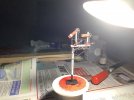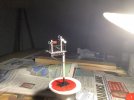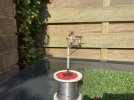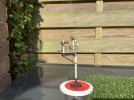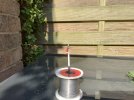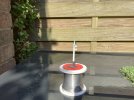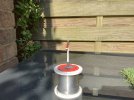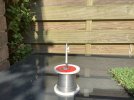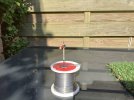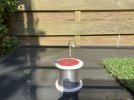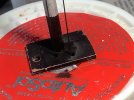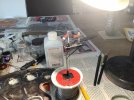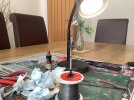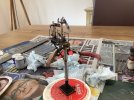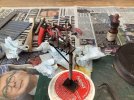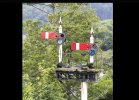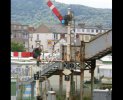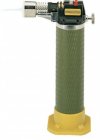jonte
Western Thunderer
A dark undercoat of Tamiya acrylic matt black was brushed on, followed by several thin coats of Tamiya matt white applied in several thin layers via an airbrush. Research shows that many of these later steel posted signals appeared off white, possibly due to the presence of rust residue, so an ivory coloured acrylic was added to the white, which I think shows up better in photo no.3. An opportunity was taken at this stage to repair the bent rails to the front:
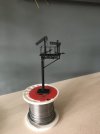
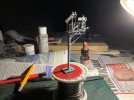
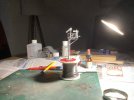
An early casualty was the bracket and screw to the base of the support - I disturbed the superglue as it was drying at time of fixing! - so a new one was fashioned and will be applied towards the end after further person-handling.
jonte



An early casualty was the bracket and screw to the base of the support - I disturbed the superglue as it was drying at time of fixing! - so a new one was fashioned and will be applied towards the end after further person-handling.
jonte

